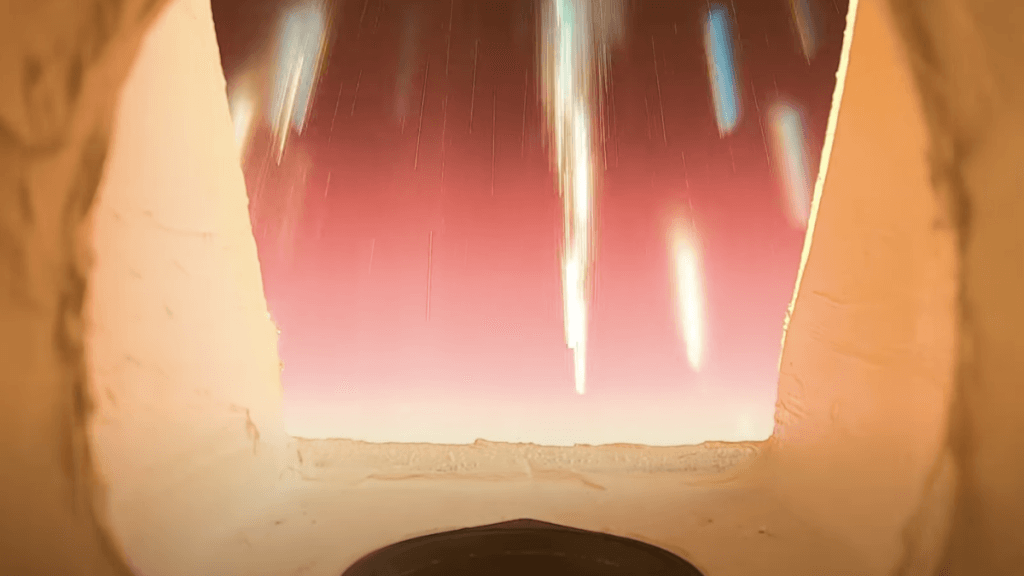This first video below shows a snippet of the return to Earth posted on X, formerly Twitter. You can see glowing particles from reentry, an event that stokes intense friction between a falling craft and molecules in the atmosphere. Then, the view pans to reveal a dramatic profile of Earth’s atmosphere set against the black of space.
The second clip, from YouTube, shows a longer journey as the capsule separates from a Rocket Lab spacecraft. “You’ll witness W-1 orbiting Earth in LEO [low-Earth orbit], smooth separation from Rocket Lab’s Photon satellite bus, and its trajectory as it reenters Earth’s atmosphere at speeds over Mach 25 before safely deploying its parachute and landing,” Varda explained.
Here’s a video of our capsule ripping through the atmosphere at mach 25, no renders, raw footage: pic.twitter.com/ZFWzdjBwad
— Varda Space Industries (@VardaSpace) February 28, 2024
Varda’s W-series capsules are designed to withstand intense atmospheric heating and return materials from space. Why might a company want to conduct an experiment or some kind of production while floating beyond Earth?
“Processing materials in microgravity, or the near-weightless conditions found in space, offers a unique environment not available through terrestrial processing,” the company explains on its website. “These benefits primarily stem from the lack of convection and sedimentation forces, as well as the ability to form more perfect structures due to the absence of gravitational stresses.”
Some photos from our team’s recovery of W-1:
(1) W-1 chute catching in the wind
(2) / (3) Recovery team getting the capsule ready for transport
(4) Capsule transport in a sling under a recovery helicopter pic.twitter.com/qdfgKMEDTc— Varda Space Industries (@VardaSpace) February 22, 2024
During the W-1 mission, an HIV drug was produced aboard the spacecraft. Now down on Earth, the experiment’s products will be analyzed by the pharmaceutical research company Improved Pharma.
Outer space, once the domain of world superpowers, is now increasingly explored by commercial companies. The day after Varda returned its capsule to Earth, a Houston-based company (with NASA funding) became the first commercial venture to land a robotic craft on the moon.

